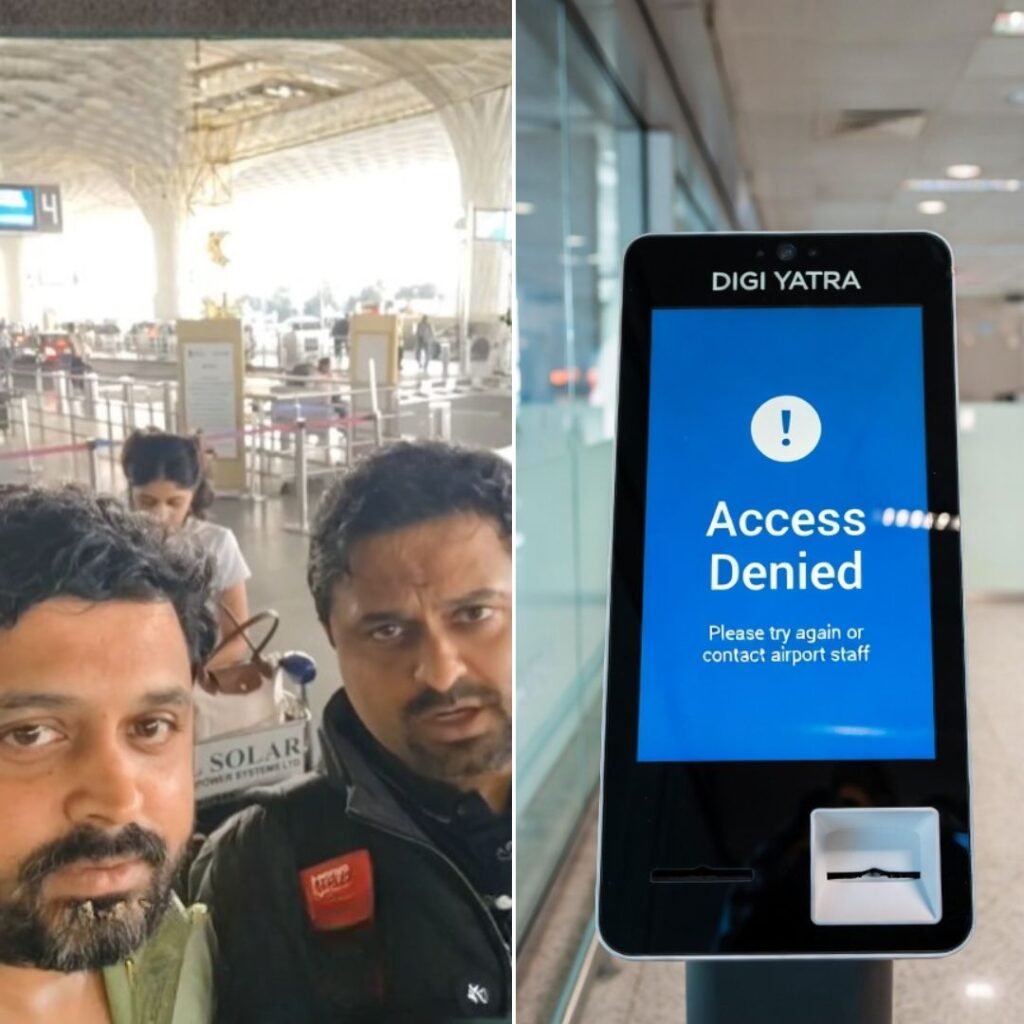For the quarter that ended on December 2016, the State Bank of India (SBI) registered a profit of Rs 1,820 crore. A year later, the bank reported a loss of Rs 2,416.4 crore for the same time period.
The quarterly findings of the SBI were grim, with the loss incurred the first in almost two decades. The reasons behind this lie in the recent surge in bad loans, the decrease in bond valuation and costs incurred from recent wage revisions and mergers.
(Bad loans, or non-performing assets (NPAs), are loans or advances of which the principal or interest payment is overdue for 90 days or more. In simple terms, a bad loan is a loan where repayments are not being made as originally agreed upon between the borrower and the lender.)
Recently, under the direction of the Reserve Bank of India (RBI), loans worth Rs 23,000 crore were classified as NPAs by the SBI.
Additionally, provisions of wage revision and mergers with associate banks costed the lender about Rs 700 crore.
To add to the bank’s woes, the value of bonds dipped by Rs 2,000 crore with the rise in bond yields, decreasing profits from securities trading to Rs 1,026 crore from Rs 4,900 crore in the third quarter of 2017.
In its filing, the SBI also cited ‘significant investment depreciation” as a reason for the loss.
According to Moneycontrol News, gross NPAs increased by 7% to Rs 1,99,141.34 crore. Provisions for bad loans for the abovementioned quarter stood at Rs 17,759.72 crore, up 145% from the last year.
India’s bad loans problem
For over three years, the RBI has been struggling to resolve its bad loan problem. In May 2016, former RBI Governor Raghuram Rajan initiated the Asset Quality Review (AQR) through which the RBI had asked the banks to report stressed loans or even non-performing ones (more details here).
It was revealed last year that only 12 accounts are responsible for about 25% of these bad loans. The gross bad debt that plagues India’s banking system as of March 2017 was at Rs 7.11 lakh crore, according to Business Standard. This means that the 12 accounts would be responsible for about Rs 1.78 lakh crore.
In October last year, the Union government unveiled a plan to infuse Rs 2.11 lakh crore into the country’s NPA-swamped public-sector banks (PSBs) over two years to boost credit and spending. This recapitalisation plan includes Rs 80,000 crore worth of recapitalisation bonds for 2017-18 and Rs 8,139 crore as budgetary support.
Also read:
Bad Loans Rise By 135 Percent To Rs 614,872 Crore In Last Two Years Govt-Run Banks Wrote Off A Record Rs 81,000 Crore Of Bad Loans In 2016-2017 Govt. To Give Money To Banks To Make Up For Bad Loans, Know About It













